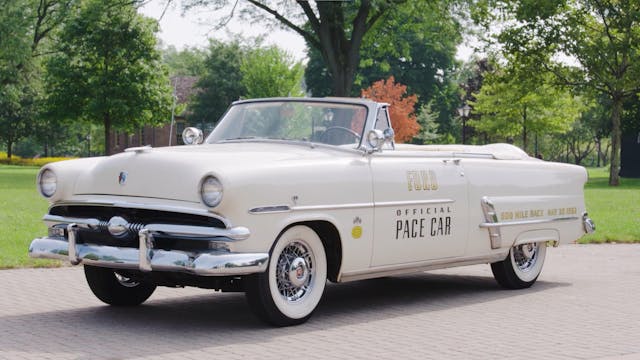The History of the Magic Lantern
Documentaries
•
3m 15s
Developed in the 17th century, the magic lantern allowed people to experience movie-like entertainment hundreds of years before cinema or photography existed.
Christiaan Huygens, a Dutch astronomer, mathematician, and physicist in the 1650s, is credited with the invention of the magic lantern. Huygens projected images by using an optical lens, painted glass slides, and candlelight. Magic lantern slides would bring the world to life in projected images. Lantern slides ranged in theme from classic fairy tale stories like Cinderella and Puss in Boots to exotic landscapes and travel. Some projectionists even used slides of supernatural creatures that appeared in magic shows called "phantasmagorias."
Magic lantern technology also saw many innovations. Lantern slides started out as static, hand-painted images, but they eventually became animated. The mechanical slides used layers of lever mechanisms and rotating glass discs to create motion. And with the onset of new lighting techniques like limelight, and eventually electricity, magic lantern projections became larger and brighter.
While magic lantern shows were hugely popular throughout the 18th and 19th centuries, by the late 1800s, they could no longer compete with the cinema. However, they did remain popular for home use up until the 1920s.
Up Next in Documentaries
-
Test Driving Ford's 1953 Indy 500 Pac...
Ford supplied the pace car in 1953 – a special Sunliner convertible. Ride along in it with us in this video. Join curator Matt Anderson for this fun ride into history!
-
How Farmers Harvested and Threshed Wh...
Lazy days of summer start for some farmers only after they finish the most stressful time of their year – grain harvest. Weather conditions dictated the timing historically (and continue to do so today). At Firestone Farm, you can see the ways that farmers such as Benjamin Firestone combined weat...
-
The 1967 Ford Mark IV: Legend of Le Mans
Few auto racing efforts were as ambitious as Ford’s quest to beat Ferrari at the 24 Hours of Le Mans, the world’s most important sports car race, in the 1960s. Ford’s dedication paid off, first in 1966 when GT40s finished 1-2-3 at the French endurance race, and then again in 1967 with an all-Amer...


